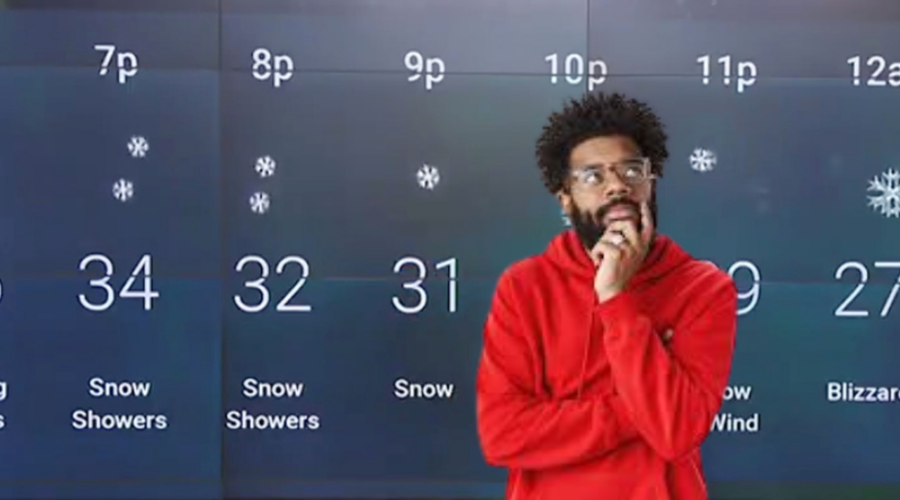Weather Forecasts seem wrong more often than they are right. Poor weather predictions have you carrying an umbrella and rain boots on a sunny day. When things don’t go as planned, it’s natural to point the finger at someone or something. We often hold the forecaster responsible for poor weather forecasting.
So, why do weather forecasters appear to get it wrong so frequently? Projections are as accurate as they could be with information available. Short-term forecasts are almost always correct. Long term forecasts are less accurate as data is more erratic, like shifting winds and fluctuating temperatures. How we get data and computer error contributes to dire weather predictions. Mother Nature is unpredictable and extremely difficult to anticipate.
Here are some facts about weather forecasts;
Short Period Weather Forecasts Are Accurate
Most weather prediction is about examining patterns. They discuss present weather trends and compare them to weather patterns at the same region, at the same time of year, and under the same conditions. They can also put a lot of this data into a simulation and forecast future weather patterns.
Studies have shown that, at least when it comes to short-term predictions, they are almost always correct. A five-day forecast will be right 90% of the time, while a seven-day estimate will be accurate roughly 80% of the time.
Recasting for the Longer Term Is More Difficult to predict accurately. While the accuracy of short-term forecasts drops when trying to anticipate the weather for more extended periods, 10-day (and longer) forecasts are only around 50% accurate.
This prediction is low because the computer systems that produce forecasts (called weather models) don’t have evidence from the future, so they have to make predictions based on assumptions and guesses. Because the environment is continually changing, these projections grow less reliable as time goes on.
European Models Forecasts Are More Accurate
Meteorologists use two significant models that predict the weather in different ways. Most meteorologists rely on the American and European models.
The European model, widely agreed, is more accurate. This model correctly predicted the direction and severity of “The Storm of the Century,” a significant weather event along the east coast of the United States, in March 1993. Officials were able to prepare and proclaim a state of emergency after precisely anticipating the storm five days ahead of time.
Meanwhile, the medium-range American model comprises multiple other models, including some short-term prediction systems that can run every hour; the American model isn’t as singularly focused as its European equivalent.
When the predictions of the American and European models diverge, forecasters choose only one. If the forecaster makes the wrong decision, the forecast is wrong. It can lead to calamity if the area is not ready for extreme weather.
Scientists regard meteorology, weather, and climate prediction as prime examples of a “chaotic system” – sensitive to its beginning conditions but following mathematical laws despite its random appearance.
Weather Forecasts are now more accurate than they were a decade ago.
In the 1950s, meteorologists introduced the first numerical, physics-based computer models to weather forecasting. Since then, forecasting accuracy has improved as supercomputers are more powerful, and gathering and analyzing weather-related data methods are more diverse.
The improvement rate is by one day each decade which means in 2020; a six-day forecast is as accurate as a five-day forecast in 2010.
The National Meteorological Service in the United States has supercomputers that handle nearly all the observational weather data it collects. The last major computer update, according to the NWS, occurred in 2018; the units’ aggregate computing capability is 8.4 petaflops, which is more than 10,000 times quicker than the average desktop computer.
Locations Affect The Accuracy Of Weather Stations
Forecasters use weather stations to collect data that helps them make predictions. However, the position of the stations can have an impact on the accuracy of the data. These stations are more abundant in and around cities than in less populated areas. As a result, rural and maritime locations data are not as robust as statistics for urban areas. Furthermore, because these locations have fewer dispersed weather stations, it is challenging to record good data.
The Number Of Commercial Flights
One aspect of COVID-19 that many people are unaware of is how the virus has impacted the accuracy of weather forecasts. Viruses have something to do with a meteorologist’s ability to forecast rain? Surprisingly yes! Metrological departments use temperature and wind data collected by planes to develop forecasts. The National Meteorological Service collects around 250 million measurements from aeroplanes each year, then incorporates them into weather computer models. Fewer flights mean fewer data.
The Weather May Not Be The same Every Where In A Location
People tend to be sceptical. If someone does not witness or experience an event firsthand, they may not believe it occurred.
For example, if a forecaster forecasts a 30% probability of rain, but it doesn’t rain at all where a person lives, that person may conclude that the forecast was incorrect. However, it may have rained at another end of the exact geographical location. Would the forecaster still have been inaccurate if it rained 5 miles away from the critic?





